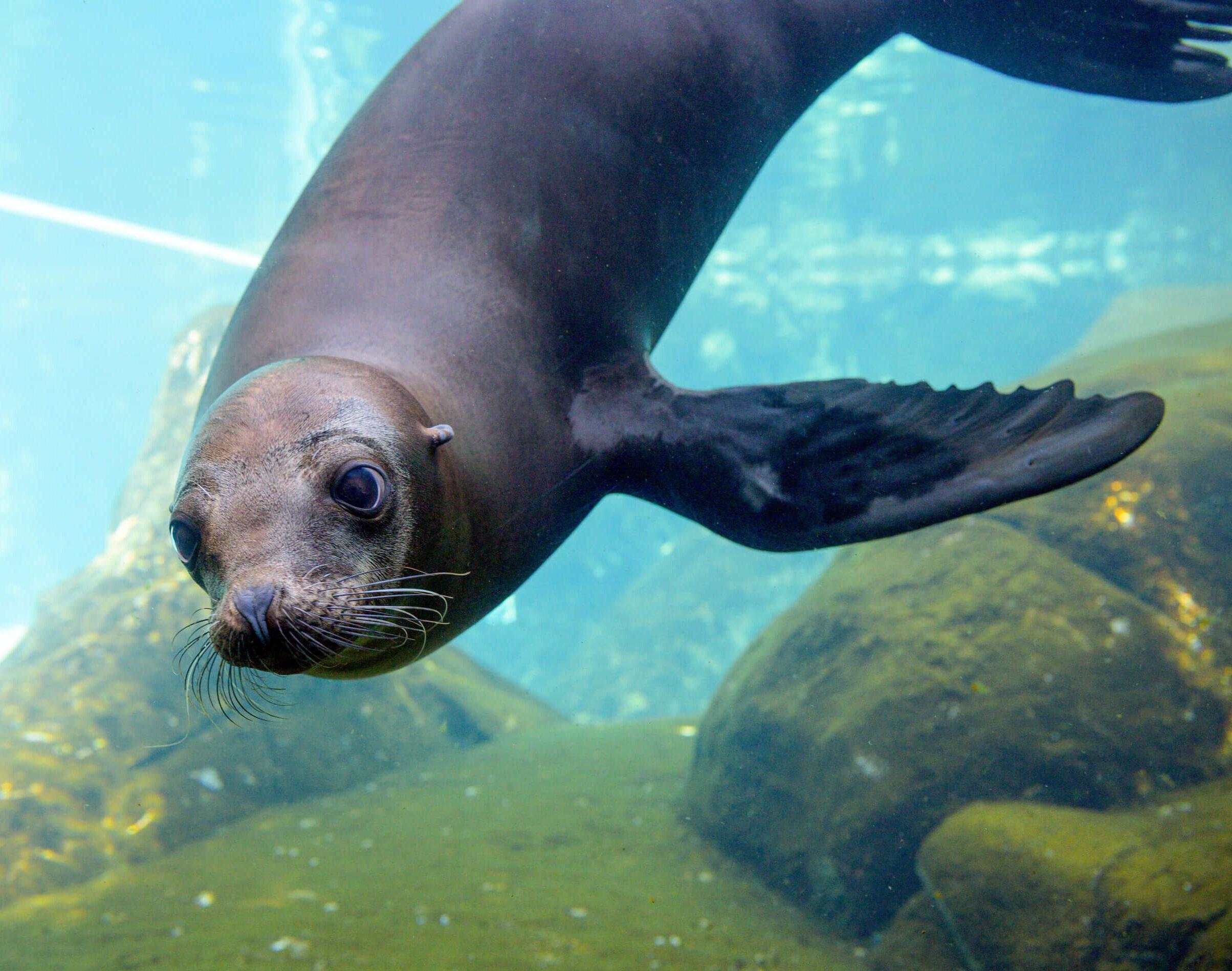
Animal Welfare Science

What is animal welfare?
Animal welfare refers to an animals’ state of wellbeing. Just like in humans, wellbeing in animals exists on a spectrum from negative to positive. For animals in zoos, we typically think of and measure wellbeing in a cumulative way. This means that, while all individuals occasionally have experiences they perceive as negative that can temporarily decrease wellbeing, such as being sick, the number of positive, beneficial experiences far outweighs the negative, unpleasant ones.
We provide optimal wellbeing.
At the Saint Louis Zoo, we believe optimal wellbeing comes from a combination of animals enjoying positive emotions, engaging in natural behaviors associated with these emotions, and being physically healthy as much as possible. As such, we support aspects of their lives that can help them thrive by providing varied enrichments, wholesome diets, medical care, and dynamic environments.
How do we know what will enhance animal wellbeing or help the animals in our care thrive?
That’s where animal welfare science comes in. Animal welfare science is the study of different factors that might promote or detract from animal wellbeing. Taking a scientific approach to animal wellbeing is critical because animals cannot tell us how they feel and many species have far different needs than we do.
We study or measure animal wellbeing in many different ways. We use observations of behavior, endocrinology to measure hormones, and the occurrence of successful reproduction, among others. We assess wellbeing in multiple ways because in some cases one particular method may not be the most informative or may be unclear for a given species.
Some of the topics studied at the Zoo related to animal wellbeing include understanding the impacts of visitors, construction projects, or changes in husbandry on animals, exploring various hormones that indicate welfare, and investigating how experiences throughout life contribute to health in later life.

